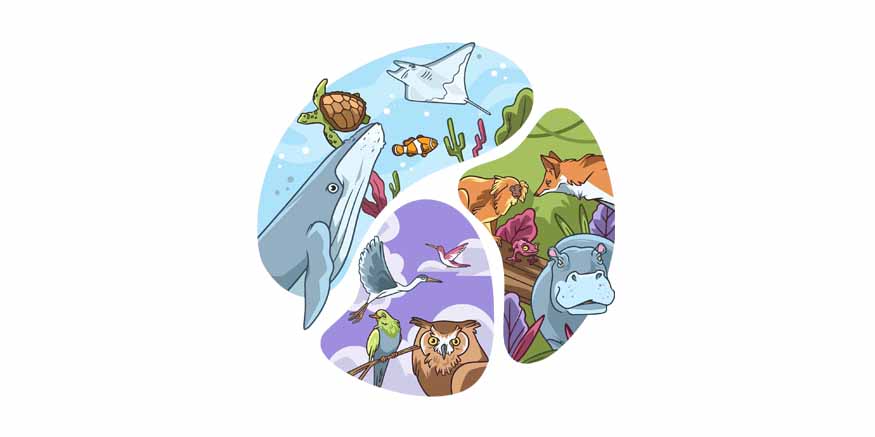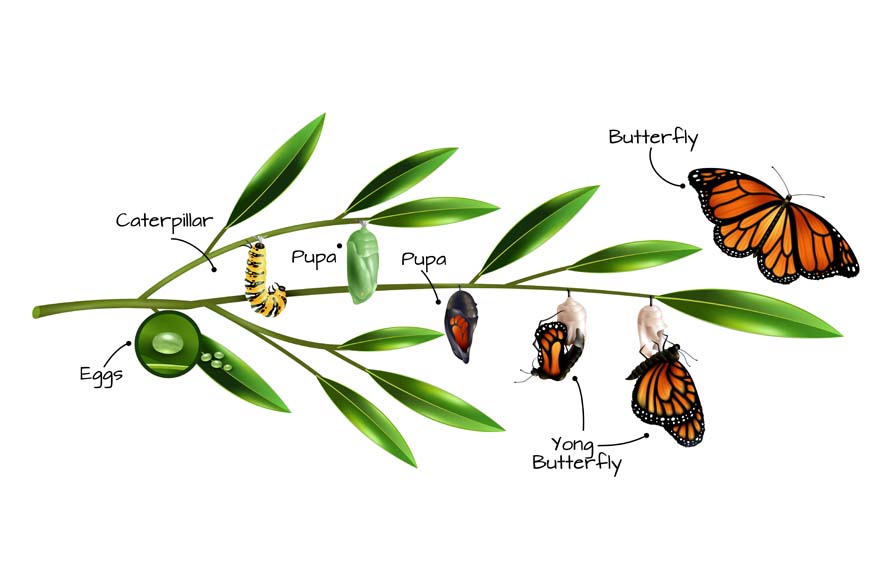Adaptation is essential for the survival of all beings. When the environment undergoes significant changes, some animals may perish, others move to different locations, and some evolve traits over generations that enable them to thrive. Environmental changes can occur suddenly due to natural disasters or gradually over thousands of years. In either scenario, over many generations, animals can develop new traits that assist them in adjusting to their altered surroundings.
Theory of natural selection
During the time of Charles Darwin and Alfred Russel Wallace, it was a common belief that the complexity of living organisms could not have arisen naturally and thus must have been the creation of God. However, the theory of natural selection suggests that even the most complicated organisms can arise through completely natural processes.
In natural selection, several genetic mutations inherited through reproduction help individuals survive better. This leads to a new generation of organisms that have a higher chance of surviving and reproducing.
For example, the long necks of giraffes allow them to reach leaves that are out of reach for other animals, giving them an edge in finding food. Due to their better access to food, giraffes with longer necks are more likely to survive, reproduce, and pass on this trait. On the other hand, giraffes with shorter necks, who struggle to find enough food, are less likely to survive and pass on their genes.
Types of Adaptations
Different types of adaptations in animals can be grouped based on their functions and the responses observed. These include:
Structural Adaptations: These adaptations refer to specific features of an organism’s body, like its skin, colour, and shape. They help the organism thrive in its environment. For example, the thick blubber of a whale, the specialised beak of a woodpecker, and the baleen plates of a humpback whale are all examples.
Physiological Adaptations: These adaptations involve internal processes that enable an organism to carry out certain biochemical reactions necessary for survival in its environment. For example, a snake’s ability to produce venom and a mammal’s capacity to regulate its body temperature. Even the human body’s production of hydrochloric acid for digestion falls under this category.
Behavioural Adaptations: These adaptations are related to the actions or behaviours of an organism that help it survive in its environment. For example, the migration patterns of animals and birds are considered behavioural adaptations. Other examples include hibernation and aestivation, which are also forms of behavioural adaptation.
Examples of animal adaptations
Polar bear: The polar bear is an expert at surviving in harsh arctic environments. A key feature of their adaptation is the thick layer of blubber they have, which keeps them warm and serves as a source of energy. While their fur looks white, and translucent, helping to keep them insulated from the cold and capturing heat from the sun. Moreover, their strong limbs and big feet are designed for swimming and moving across ice.
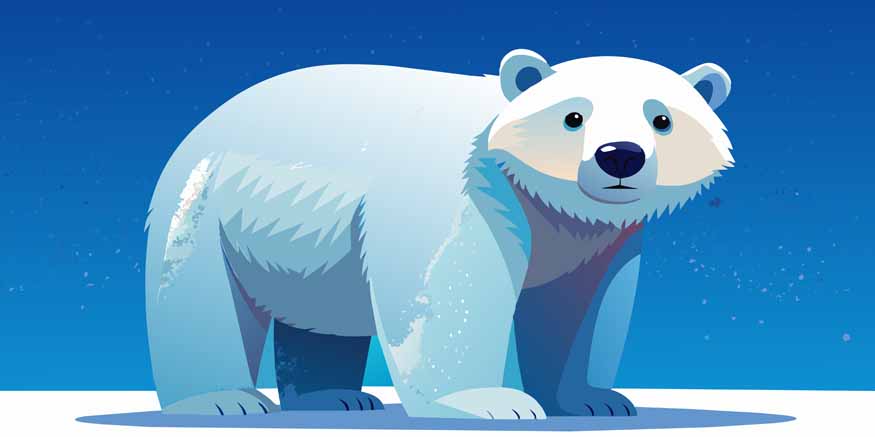
Chameleon: The chameleon is famous for its amazing skill to change colours and blend in perfectly with its environment. This incredible ability is mainly managed by special skin cells known as chromatophores. These cells hold pigments that can either expand or shrink, changing how the chameleon looks. By adjusting the distribution and intensity of these pigments, chameleons can hide from predators and sneak up on their prey with impressive accuracy.
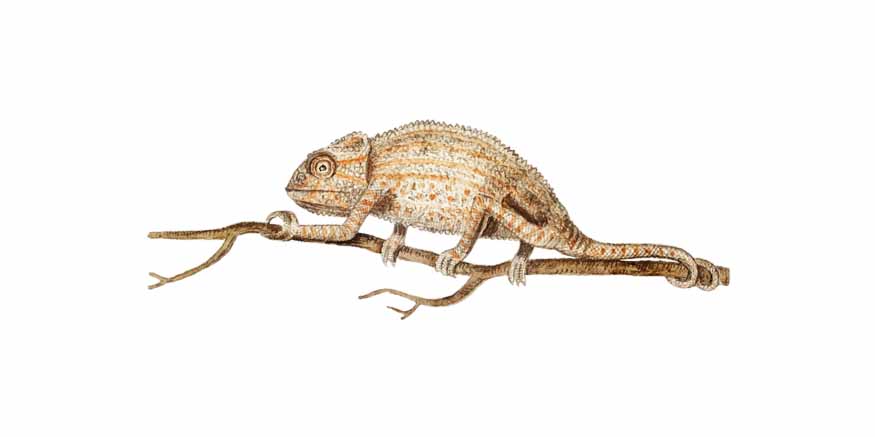
Armadillo: Armadillos are native to the Americas and have a special feature: a hard shell that covers their bodies like armour. This shell helps keep them safe from predators. When they feel threatened, armadillos can curl up into a tight ball, which makes it hard for any predator to get to their soft spots. Thanks to this natural protection, armadillos can live in areas where there are a lot of predators around.

Elephant: Elephants have an amazing adaptation that stands out in the animal world: their trunk. This long, strong appendage has many uses, such as drinking, spraying water to cool off, picking up things, and collecting food. It is so multifunctional and often compared to an extra limb. The trunk contains thousands of muscle fibres, which give elephants the ability to control it with great precision and strength.
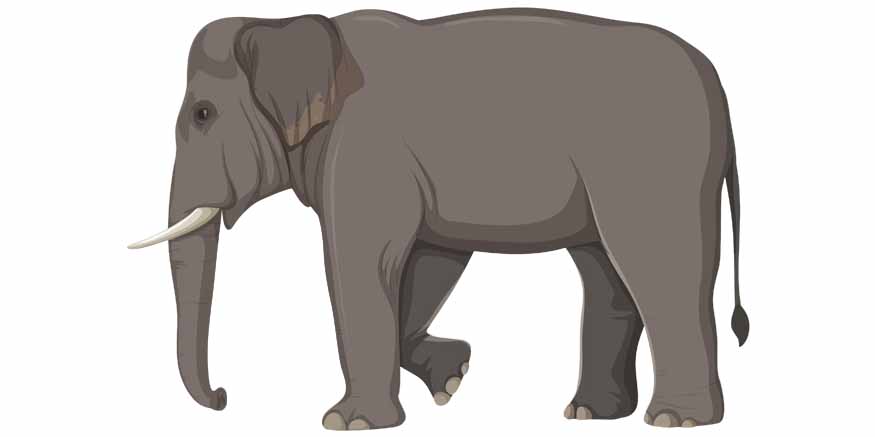
The study of how organisms adapt to their environment provides a deep understanding of the intricate mechanisms driving evolution. From structural, behavioural, and physiological adaptations to the impacts of human activities, the diversity of life on Earth is a testament to the power of natural selection. As we continue to explore and discover the examples of animal adaptations and the types of adaptations in both animals and plants, we gain invaluable insights into the resilience and ingenuity of life.
At Center Point School, we embrace the importance of education in fostering an appreciation for the natural world and the incredible ways organisms adapt to their environments. By understanding these adaptations, students are encouraged to protect and preserve the biodiversity that sustains our planet, ensuring a future where both humans and wildlife can thrive together.

